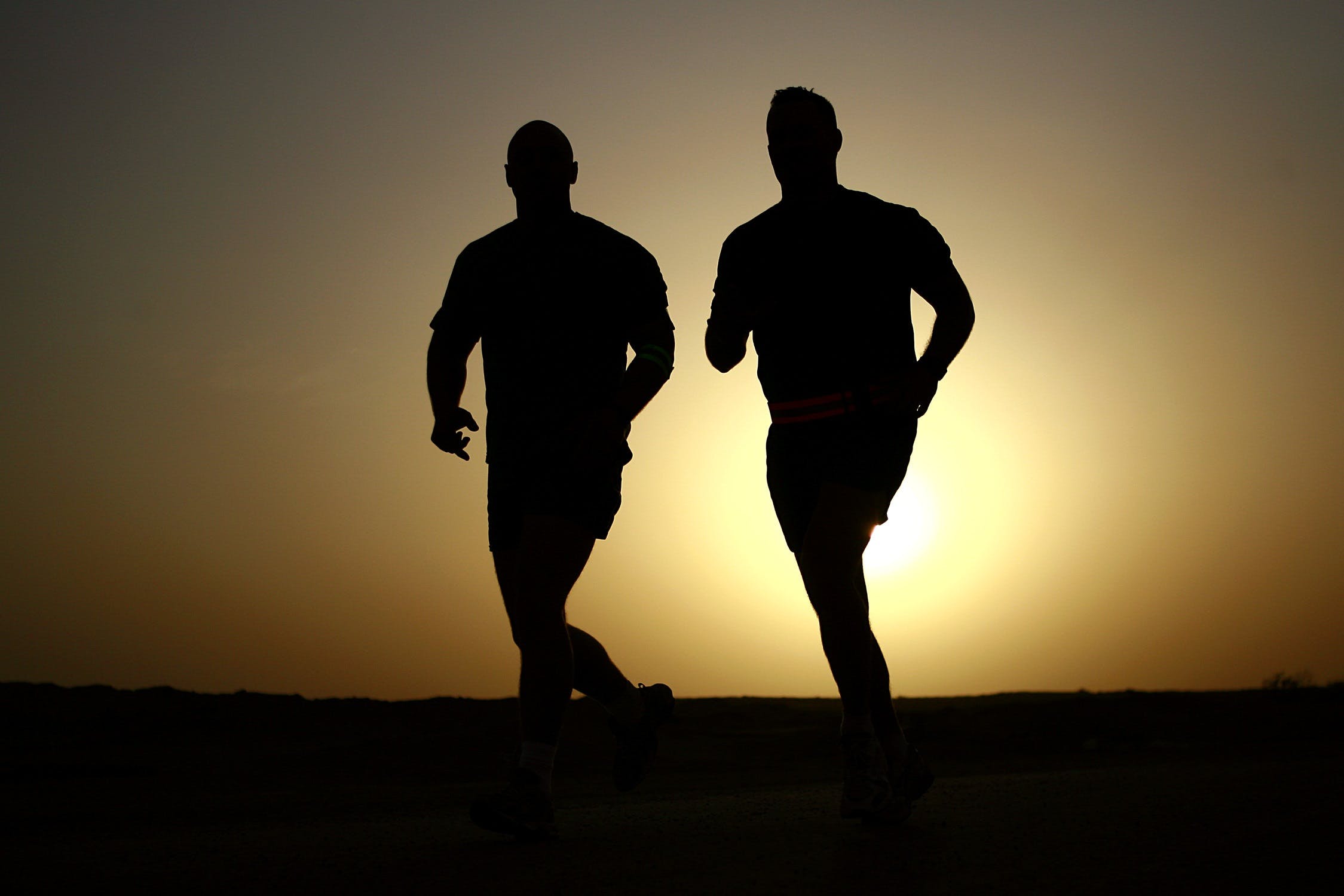When it comes to improving your running performance, understanding the significance of speed training is vital. Speed training enhances your overall running efficiency, allowing you to cover distances like the 2.4km in a shorter amount of time. It focuses on increasing your speed and improving your form, which are essential elements for any runner seeking to achieve their personal best.
Incorporating speed work into your routine not only boosts your cardiovascular fitness but also strengthens muscles and improves your running economy. Here are a few key benefits of speed training:
- Increased Speed: By pushing your limits, you train your body to run faster over time.
- Improved Endurance: Short bursts of high-intensity running can enhance your stamina, allowing you to maintain a faster pace for longer.
- Enhanced Mental Toughness: Speed training challenges your mind, helping you to build confidence and resilience during races.
Engaging in targeted speed workouts, such as intervals and tempo runs, allows you to measure your progress while keeping your training varied and exciting. This approach not only keeps you motivated but also helps you embrace the joy of running.
Ready to start your journey towards a faster 2.4km? Visit our website to learn more and get started today! Click here.
Essential Warm-Up Exercises for Runners

A proper warm-up is crucial for every runner, especially when you’re focusing on speed. Engaging in essential warm-up exercises helps prepare your body for the physical demands of running, reduces the risk of injuries, and improves your overall performance. Here are some effective warm-up exercises to incorporate into your routine:
- Dynamic Stretching: Perform leg swings, arm circles, and torso twists to increase blood flow to your muscles and improve flexibility.
- High Knees: This exercise elevates your heart rate and engages your hip flexors and core. Aim for 30 seconds of high knees to kickstart your workout.
- Butt Kicks: While jogging in place, bring your heels up toward your glutes. This movement helps activate your hamstrings and warms up your lower body.
- Walking Lunges: Step forward into a lunge position, alternating legs. This exercise not only stretches your hip flexors but also engages your quadriceps and glutes.
Incorporating these warm-up exercises into your routine will help you feel more energized and ready to tackle your running goals. Aim for at least 10-15 minutes of warming up before your speed training sessions to ensure your muscles are adequately prepared.
Key Techniques to Improve Running Efficiency

Enhancing your running efficiency is vital for achieving faster times in the 2.4km distance. By focusing on specific techniques, you can significantly improve your speed and endurance. Here are some key techniques to incorporate into your training:
- Proper Posture: Maintain an upright posture with your head looking forward and shoulders relaxed. This alignment allows for optimal breathing and energy conservation.
- Efficient Arm Movement: Keep your arms bent at a 90-degree angle and swing them forward and back in sync with your legs. This motion aids in propelling your body forward and helps maintain balance.
- Foot Strike: Aim for a midfoot strike rather than landing on your heels. This technique reduces impact and increases your ability to push off the ground effectively.
- Cadence Optimization: Strive for a cadence of around 170-180 steps per minute. Higher cadence can lead to improved speed and reduced fatigue, as it minimizes the time each foot spends on the ground.
Incorporating these techniques into your training will not only help you run faster but also enhance your overall running experience. Regularly practicing these methods during your runs can lead to significant performance improvements over time.
Nutrition Tips for Optimal Running Performance

Your performance in running is greatly influenced by what you fuel your body with. Proper nutrition is essential for maintaining energy levels, enhancing recovery, and improving overall performance. Here are some nutrition tips to optimize your running:
- Hydration: Staying hydrated is crucial for peak performance. Aim to drink water consistently throughout the day and consider electrolyte drinks during longer runs to replenish lost minerals.
- Carbohydrates: Carbs are your body’s primary source of energy. Incorporate complex carbohydrates like whole grains, fruits, and vegetables into your meals, especially before long training sessions.
- Protein Intake: Protein is essential for muscle repair and recovery. Include sources like lean meats, dairy, beans, and legumes in your diet to support your training efforts.
- Pre-Run Snacks: Eating a small snack rich in carbohydrates and low in fat about 30 to 60 minutes before a run can fuel your workout. Options like a banana or a slice of toast with honey are great choices.
- Post-Run Recovery: After your run, refuel with a combination of carbs and protein to aid recovery. A smoothie with fruit and yogurt or a protein bar can be effective.
By paying attention to your nutrition, you can enhance your performance and enjoy your running journey even more. Make these dietary adjustments part of your routine to experience the benefits firsthand.
Setting Realistic Goals and Tracking Progress
Setting realistic goals is a fundamental aspect of improving your running performance. By establishing clear and attainable objectives, you can maintain motivation and track your progress effectively. Here’s how to set goals that align with your aspirations:
- Define Your Objectives: Start by identifying what you want to achieve. Whether it’s running a faster 2.4km, completing a race, or simply improving your endurance, having a clear goal will keep you focused.
- Make Them SMART: Your goals should be Specific, Measurable, Achievable, Relevant, and Time-bound. For instance, instead of saying, “I want to run faster,” specify, “I want to run 2.4km in under 12 minutes within three months.”
- Break It Down: Divide your main goal into smaller, manageable milestones. This could involve setting monthly or weekly targets that lead up to your larger objective. Celebrating these smaller victories can keep your spirits high.
- Use a Tracking Method: Implement a method to track your progress, whether it’s through running apps, journals, or wearable devices. Documenting your runs, times, and how you feel can provide valuable insights and help you stay accountable.
- Adjust as Needed: Life can be unpredictable, and sometimes your goals may need to be adjusted. Stay flexible and reassess your objectives based on your progress and any challenges you may encounter.
By setting realistic goals and tracking your progress, you create a roadmap for your running journey. This not only enhances your performance but also keeps you engaged and motivated as you work towards your fitness aspirations.
Join a Community for Motivation and Support

One of the most effective ways to enhance your running experience is by joining a community. Being part of a group can provide the motivation and support you need to achieve your fitness goals. Here’s why connecting with fellow runners is beneficial:
- Shared Experiences: Engaging with other runners allows you to share your experiences, challenges, and successes. This sense of camaraderie can significantly boost your motivation and commitment to your goals.
- Accountability: When you’re part of a community, you’re more likely to stick to your training schedule. Knowing that others are counting on you can help you push through those tough days when you might otherwise skip a workout.
- Access to Resources: Many running groups offer valuable resources such as training plans, expert advice, and workshops. These resources can enhance your knowledge and skills, making it easier to run that faster 2.4km you’re aiming for.
- Friendly Competition: Participating in group runs or races can create a fun, competitive environment that pushes you to improve. Friendly competition can inspire you to give your best effort and reach new personal records.
- Social Connections: Beyond fitness, running communities foster friendships. Connecting with others who share your passion can lead to lasting friendships and a support system that extends beyond the running track.
Embrace the benefits of teamwork and community spirit by joining a running group today! Visit our website to learn more and get started today! Click here.


